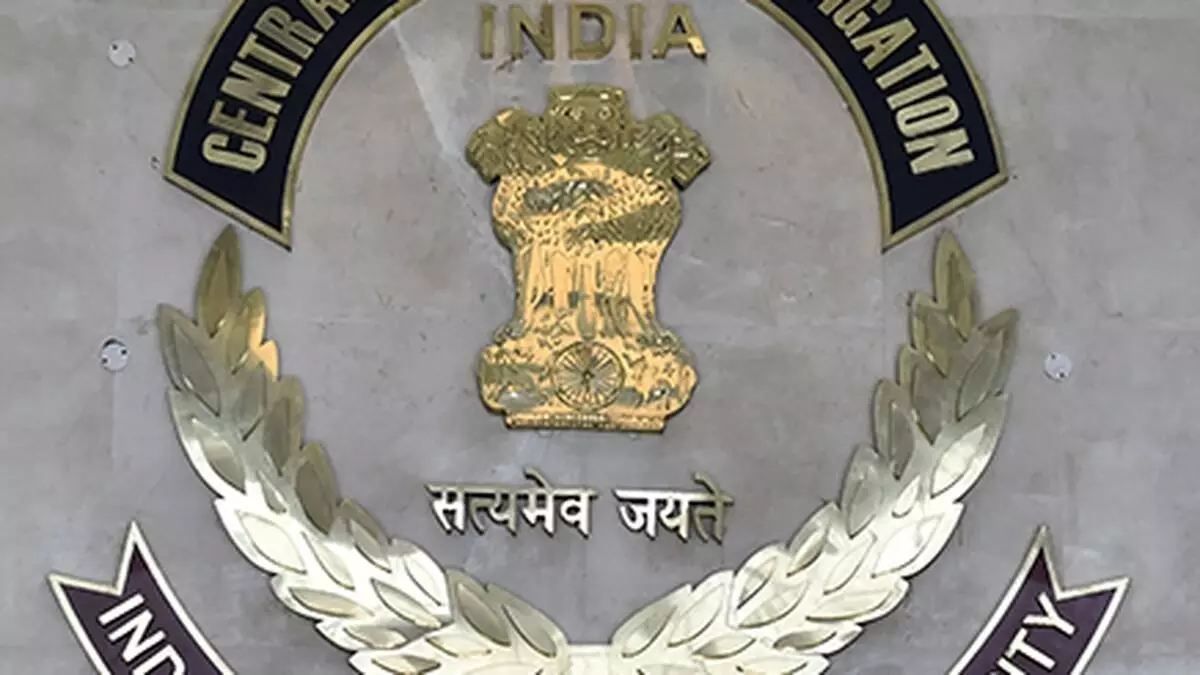Unveiling the Medical College Scam: A Deep Dive into Corruption in India's Education System

What Sparked the Investigation?
The Central Bureau of Investigation (CBI) has recently exposed one of the largest scandals in India’s medical education sector, revealing a complex web of corruption. The investigation kicked off in Raipur, where a bribe of ₹55 lakh was allegedly accepted by doctors in exchange for a favorable inspection report for the Rawatpura Institute of Medical Sciences and Research. This initial probe quickly unraveled a nationwide bribery racket, implicating a staggering 35 individuals, including high-profile figures like former UGC Chairman DP Singh and the self-styled godman Ravi Shankar Maharaj.
How Extensive Is the Network?
The CBI's investigation has unveiled a deeply entrenched system that spanned multiple states, including Madhya Pradesh, Chhattisgarh, Andhra Pradesh, and Rajasthan. Evidence suggests that this scam involved not just the medical colleges but also officials from the Union Health Ministry and the National Medical Commission (NMC). Investigators discovered that officials were leaking sensitive information, such as inspection schedules and assessor identities, enabling colleges to fabricate compliance. This level of collusion raises serious concerns about the integrity of India's medical education system.
The Role of Ghost Faculty and Fake Inspections
One of the most shocking revelations has been the use of ghost faculty and staged inspections. Colleges, like Indore’s Index Medical College, employed elaborate schemes to deceive inspectors. They hired individuals to pose as faculty members, manipulated biometric attendance records, and even presented fake patients during inspections. These tactics not only compromised the quality of medical education but also put patients' lives at risk by allowing unqualified institutions to operate.
The Financial Aspect: Hawala Networks and Bribery
The financial implications of this scam are staggering. The CBI has traced the flow of illicit funds through hawala networks, where bribes amounting to crores of rupees were exchanged. For instance, it was reported that college directors paid up to ₹4 crore to secure approvals and favorable inspection outcomes. This money was often funneled through official banking channels to appear legitimate, making it even more challenging for authorities to trace the funds.
What Lies Ahead for the Accused?
As the investigation unfolds, the spotlight is increasingly on the powerful individuals involved. The CBI has arrested several key players, including doctors and college directors. However, the probe is far from over. The CBI is committed to uncovering the full extent of this scandal, which could potentially affect over 40 medical colleges across the country. With high-profile figures implicated, it’s a stark reminder of how deeply corruption can infiltrate critical sectors like education.
The Need for Reform
This scandal highlights the urgent need for reform in India's medical education system. The collusion between educational institutions and regulatory bodies undermines public trust and compromises the quality of healthcare. Moving forward, it is essential to establish stricter regulations and monitoring mechanisms to prevent such corruption from occurring again. The CBI's ongoing investigation will be crucial in setting the stage for reform, ensuring that only deserving institutions can operate within this vital sector.
